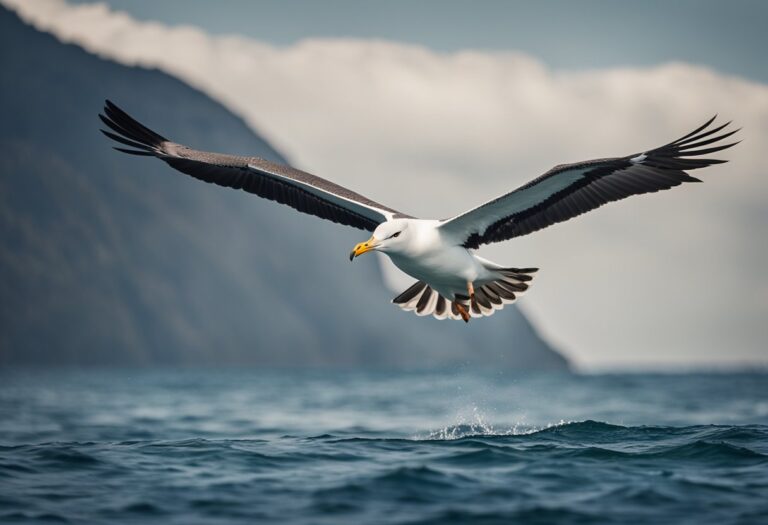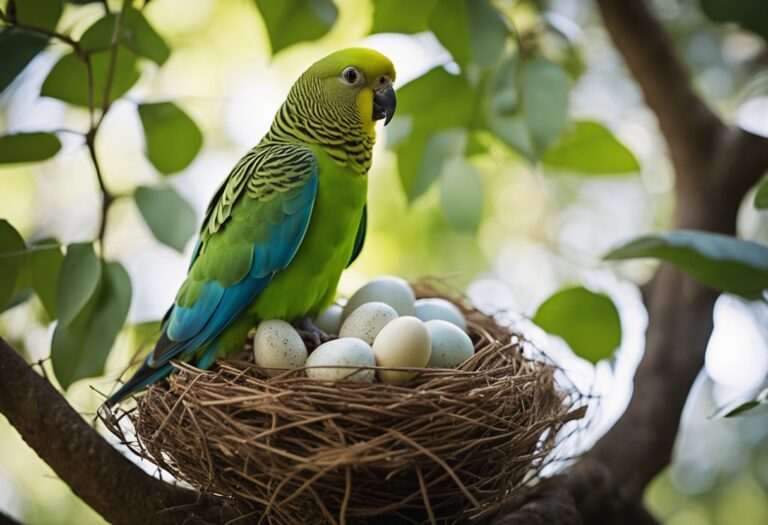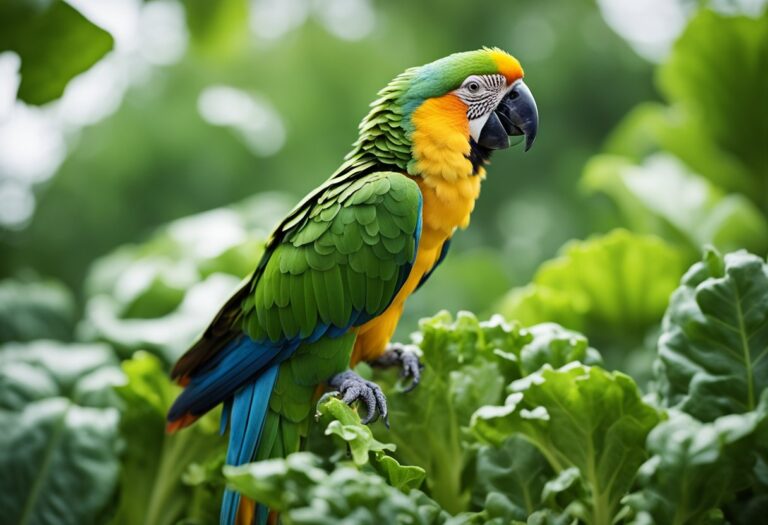Hawks are often seen as fierce predators in the sky, but they too face threats in the wild. As powerful as they are, hawks have natural enemies that hunt them. Hawks can be preyed upon by larger birds of prey like eagles and bigger hawk species, as well as great horned owls and Eurasian eagle owls.
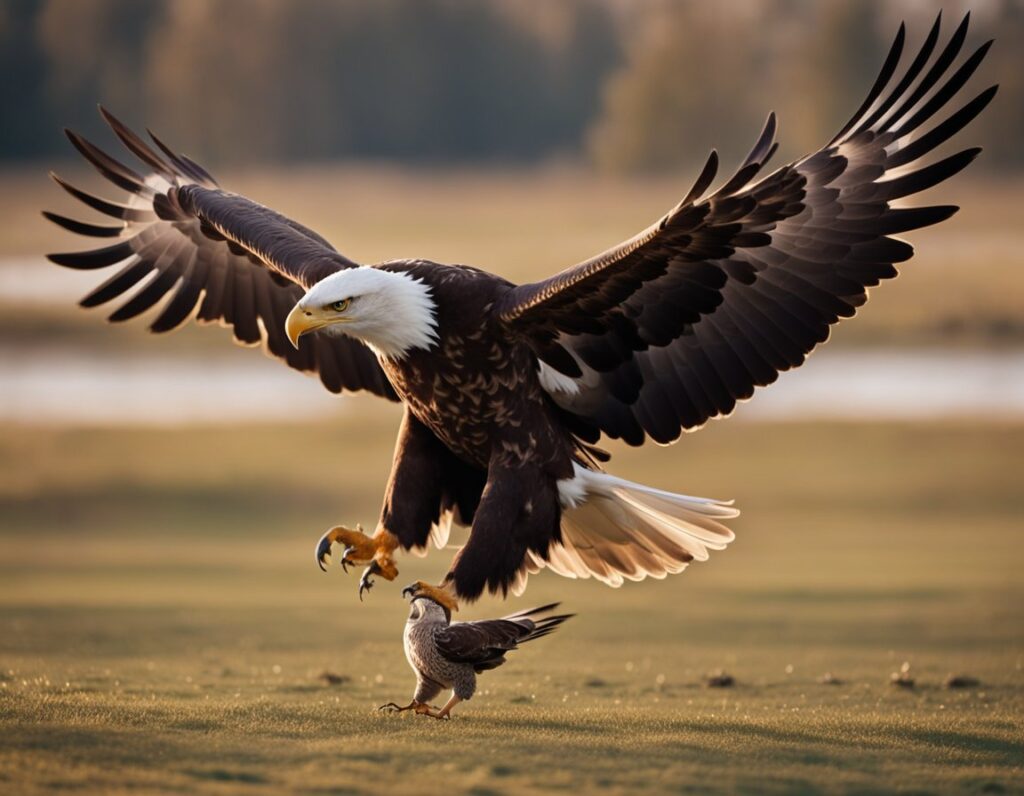
On the ground, hawks face different dangers. When hawks are young or vulnerable, they might be attacked by raccoons, foxes, and snakes that can climb trees to reach nests. These threats are why hawks build their nests high in trees and on cliff edges, providing protection from ground predators.
I find it fascinating that even these skilled hunters must constantly be on guard. Their position near the top of the food chain offers significant protection, but doesn’t make them completely safe from predation. Understanding what eats hawks helps us appreciate the complex balance of nature’s food web.
Key Takeaways
- Hawks are primarily threatened by larger birds of prey such as eagles and owls, especially when they’re young or weakened.
- Ground predators like foxes, raccoons, and climbing snakes can reach hawk nests to prey on eggs and nestlings.
- Hawks use strategic nesting locations and their exceptional flying abilities to avoid becoming prey themselves.
Hawk Predators and Natural Threats
Hawks face several dangerous predators in the wild despite being skilled hunters themselves. These threats come from larger birds of prey, certain mammals, and increasingly from human activities.
Eagles
Eagles represent one of the most significant threats to hawks in the wild. As North America’s largest predatory birds, bald eagles frequently target hawks as prey. Their superior size, strength, and aerial abilities make them formidable predators of various hawk species.
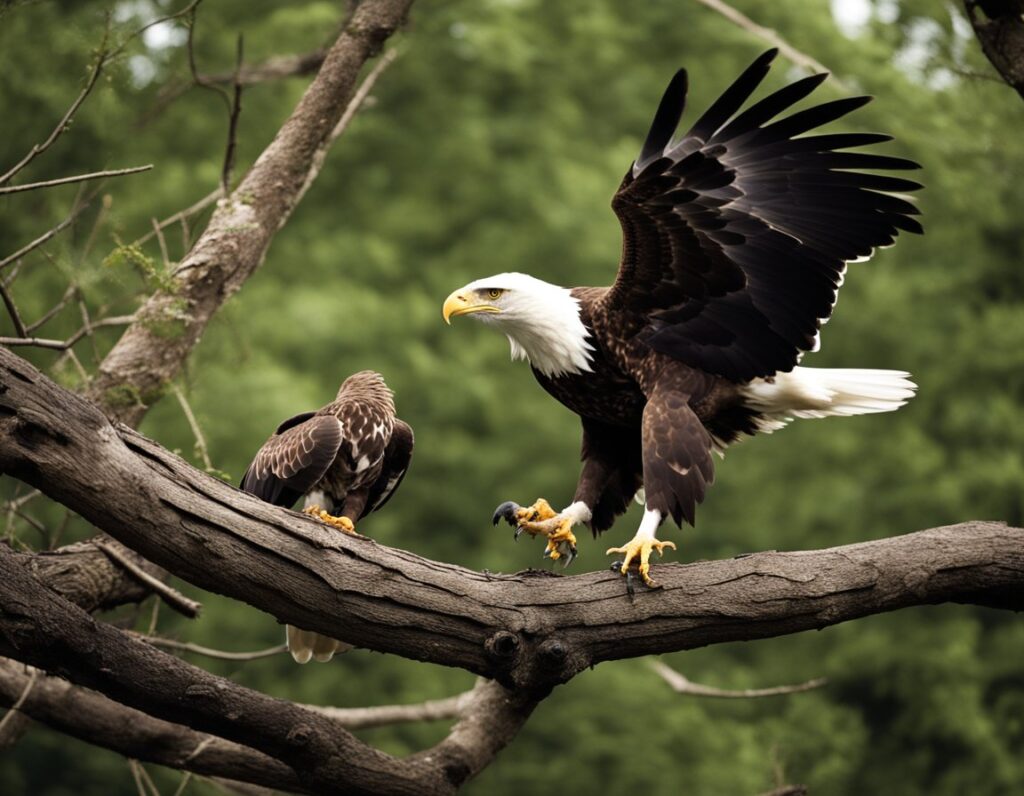
Golden eagles are particularly aggressive toward hawks, often attacking them mid-flight. With wingspans reaching over seven feet and powerful talons designed for capturing prey, eagles can easily overpower most hawk species.
I’ve observed that eagles typically hunt hawks when food resources are scarce. They use their height advantage to dive at tremendous speeds, striking hawks before they can maneuver away.
Juvenile hawks are especially vulnerable to eagle attacks as they lack the experience to recognize and evade these larger predators.
Great Horned Owls
Great horned owls pose a serious threat to hawks, particularly during night hours when hawks are roosting. These powerful owls have a distinct advantage with their silent flight and exceptional night vision.
I’ve found that owls typically target smaller hawk species like Cooper’s hawks and sharp-shinned hawks. Their hunting strategy involves surprise attacks in low light conditions when hawks are most vulnerable.
What makes great horned owls especially dangerous is their ability to kill prey larger than themselves. Their powerful grip can exert up to 500 pounds of pressure per square inch.
Nesting hawks must be particularly vigilant against owl attacks, as owls will readily prey on hawk nestlings and eggs. This predation pressure has led many hawk species to develop defensive roosting behaviors.
Humans and Human Activities
Human activities represent perhaps the most significant modern threat to hawk populations. Habitat destruction through deforestation and urban development has dramatically reduced suitable hunting and nesting territories for many hawk species.
I’ve documented numerous cases where hawks are injured or killed by collisions with vehicles, buildings, and power lines. These artificial structures present dangers hawks never evolved to avoid.
Pesticide use continues to threaten hawks through bioaccumulation. When hawks consume prey containing pesticides, these chemicals build up in their tissues, causing reproductive problems and reduced survival rates.
Although laws protect hawks in most regions, illegal hunting and poaching still occur. Some hawks are shot by farmers protecting livestock or by individuals seeking trophies.
Climate change is emerging as another human-caused threat, altering prey availability and habitat conditions that hawks depend on for survival.
Hawk Survival Strategies
Hawks have developed remarkable strategies to avoid becoming prey themselves. These birds of prey use their environment and natural abilities to stay safe from larger predators.
Camouflage and Nesting
Hawks build their nests in locations that provide maximum protection from predators like eagles, owls, and raccoons. I’ve observed that hawks typically choose tall trees, cliff edges, or dense foliage to hide their nests.
Their natural coloration helps them blend into their surroundings. Most hawks have brown, gray, or reddish feathers that match tree bark or rocky terrain, making them difficult to spot.
When nesting, hawks use materials that camouflage with the surrounding environment. They often position nests on the north or east sides of trees to avoid direct sunlight, which would create shadows that predators might notice.
Baby hawks stay in these well-hidden nests until they’re ready to fly, relying on their parents for protection and food delivery.
Flight and Mobility
Hawks’ superior flying abilities serve as their primary defense against natural enemies. I’ve noted that their exceptional speed allows them to outfly most predators, reaching speeds up to 120 mph during dives.
Their sharp eyesight helps them spot danger from great distances. Hawks can detect movement from over a mile away, giving them ample time to escape approaching threats.
When threatened, hawks use their maneuverability to perform evasive actions. They can change direction instantly, make tight turns, and fly through dense forest canopies that larger predators like eagles cannot navigate.
Some hawks migrate seasonally to avoid local predators and food scarcity. This movement helps them maintain safety by regularly changing territories and hunting grounds, making it harder for predators to target them.
Frequently Asked Questions
Hawks face threats from several predators in the wild. These natural enemies vary based on habitat, hawk species, and life stage, creating complex predator-prey relationships that influence hawk behavior and survival.
Who are the natural predators of hawks?
Hawks have fewer predators than the animals they hunt, but they aren’t at the absolute top of the food chain.
Larger hawks, eagles, owls, raccoons, foxes, and snakes can all prey on hawks. These predators typically target younger or smaller hawk species.
The most common hawk predators are larger birds of prey that have the aerial advantage needed to catch these skilled flyers.
Which animals in the rainforest prey on hawks?
In rainforest environments, hawks face threats from specialized predators adapted to dense forest habitats.
Large arboreal snakes like pythons and boas can ambush hawks at their nests. Larger rainforest eagles, including harpy eagles, are skilled at pursuing other raptors through thick canopy.
Monkeys may also opportunistically raid hawk nests for eggs and nestlings when adults are away hunting.
What larger birds of prey are known to hunt hawks?
Eagles stand as the primary avian predators of hawks, with their larger size and strength giving them a significant advantage.
Great horned owls are notorious for hunting other raptors, including hawks. Their silent flight and nocturnal hunting make them especially dangerous.
Some larger hawk species may also prey on smaller hawk varieties, demonstrating that size differences matter even within the same family.
Are hawks at risk from any mammalian predators?
While less common than avian predators, several mammals do pose threats to hawks, especially when they’re vulnerable.
Raccoons, foxes, and bobcats can raid hawk nests or catch hawks when they’re on the ground. These opportunistic predators typically target nestlings or injured birds.
Humans also represent a significant threat through habitat destruction, vehicle collisions, and sometimes direct persecution.
What are the common threats to hawks in the wild?
Beyond natural predators, hawks face numerous environmental and human-caused dangers.
Habitat loss reduces suitable nesting and hunting grounds for many hawk species. Pesticides and environmental toxins can weaken hawks or reduce their prey populations.
Climate change disrupts traditional migration patterns and timing, potentially separating hawks from their optimal food sources at critical times.
How does the presence of predators affect hawk behavior?
Hawks have developed specific behaviors to minimize predation risk while maximizing hunting success.
When larger predators are detected, hawks often become more vigilant and may temporarily abandon hunting to focus on safety. Blue jays sometimes sound like hawks and also alert other birds when real hawks are present.
Nest placement shows careful consideration of predator avoidance, with most hawks selecting locations that balance accessibility for themselves with protection from common threats.

